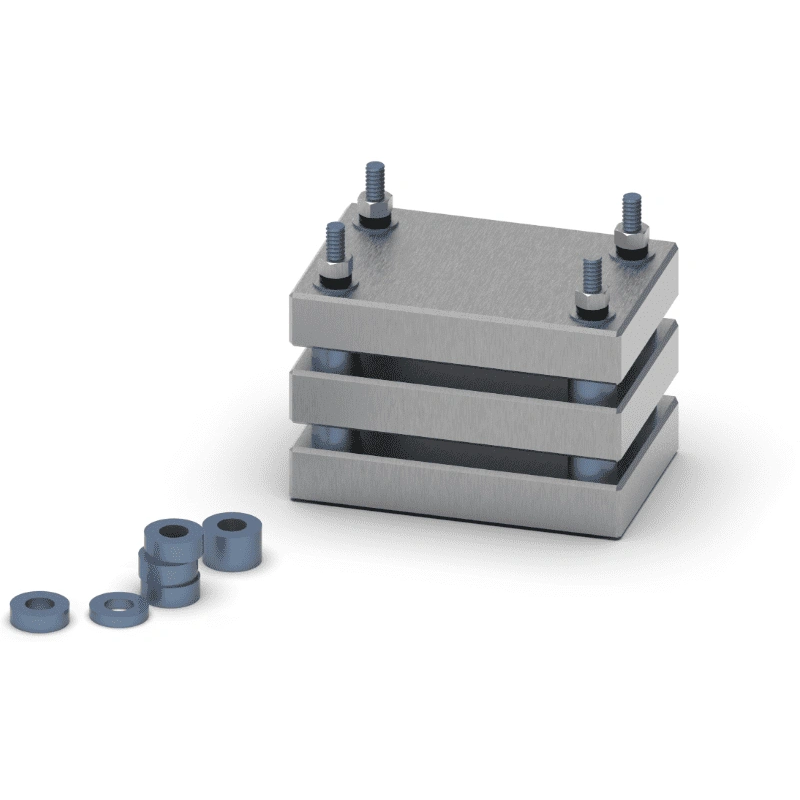When it comes to selecting the right rubber material for specific applications, one crucial factor that demands attention is the compression set. At Silfusion, we understand how important this characteristic is for the performance, longevity, and reliability of rubber products. Compression set plays a vital role in ensuring that rubber components—such as gaskets, seals, and tires—maintain their integrity under pressure over time. In this guide, we will explore what compression set is, how it works, its significance in rubber products, and the key factors that influence it. Additionally, we’ll debunk some common misconceptions and provide insight into how you can make informed decisions when selecting rubber materials for your projects.
Are you ready to dive into the world of compression set? Let’s get started!
What Is Compression Set?
Compression set is the measure of a rubber material’s ability to recover its original shape and size after being subjected to prolonged compression under pressure. Essentially, it gauges the material’s resilience and how well it can return to its original form once the applied pressure is removed. This property is critical when designing rubber products that need to withstand continuous stress or compression without permanent deformation.
To give you a clearer example, imagine pressing a rubber ball under pressure for an extended period. If the ball does not return to its round shape once released, it would have a high compression set, indicating poor resilience. This scenario is undesirable for many applications, especially those requiring consistent sealing or cushioning.
For products such as seals, gaskets, O-rings, and tires, the compression set is a key indicator of performance. A high compression set can lead to reduced functionality, such as leaks or failure to maintain a proper seal. On the other hand, a low compression set means that the rubber will retain its shape and effectively perform its intended function.
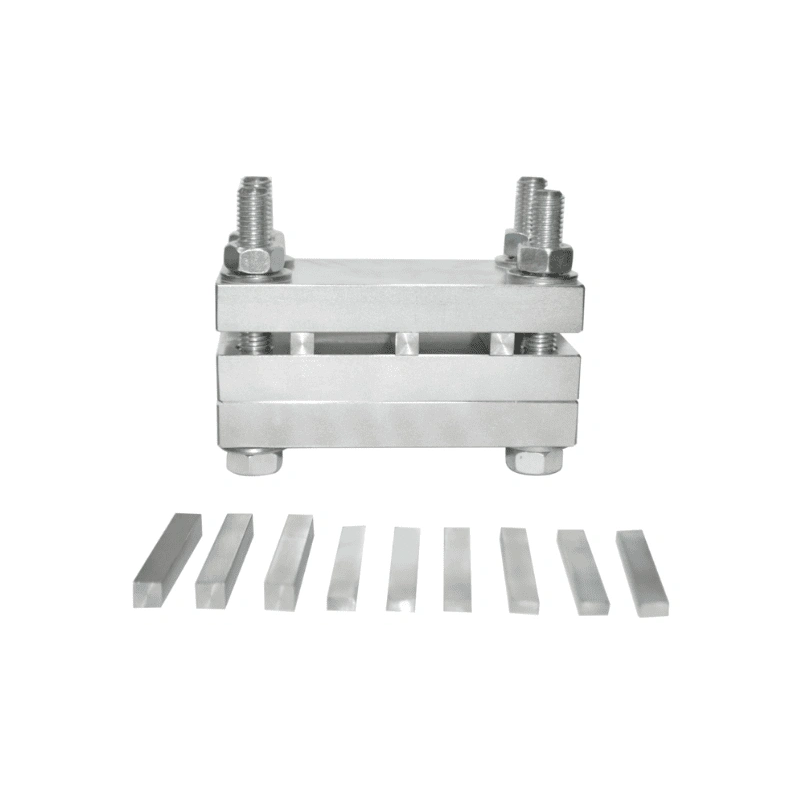
How Is Compression Set Measured?
The process of measuring compression set involves subjecting the rubber material to a defined amount of pressure for a specific period and then assessing its ability to recover after the pressure is removed. The test typically follows these steps:
-
Initial Compression
The rubber specimen is placed between two flat surfaces, and a specified pressure is applied. This mimics real-world conditions where rubber materials are exposed to constant or repeated compression.
-
Holding the Compression
The rubber is held under the applied pressure for a predetermined period. This could range from hours to days, depending on the testing standard and the type of application being simulated.
-
Release and Measurement
After the compression period, the pressure is released, and the rubber is allowed to return to its original shape. The compression set is then calculated as the difference between the original thickness of the material and the thickness after compression, expressed as a percentage of the original thickness.
For instance, if the rubber returns to 90% of its original thickness, it will have a compression set of 10%. A low compression set (closer to 0%) indicates a material with excellent recovery and resilience, while a high compression set indicates greater permanent deformation.
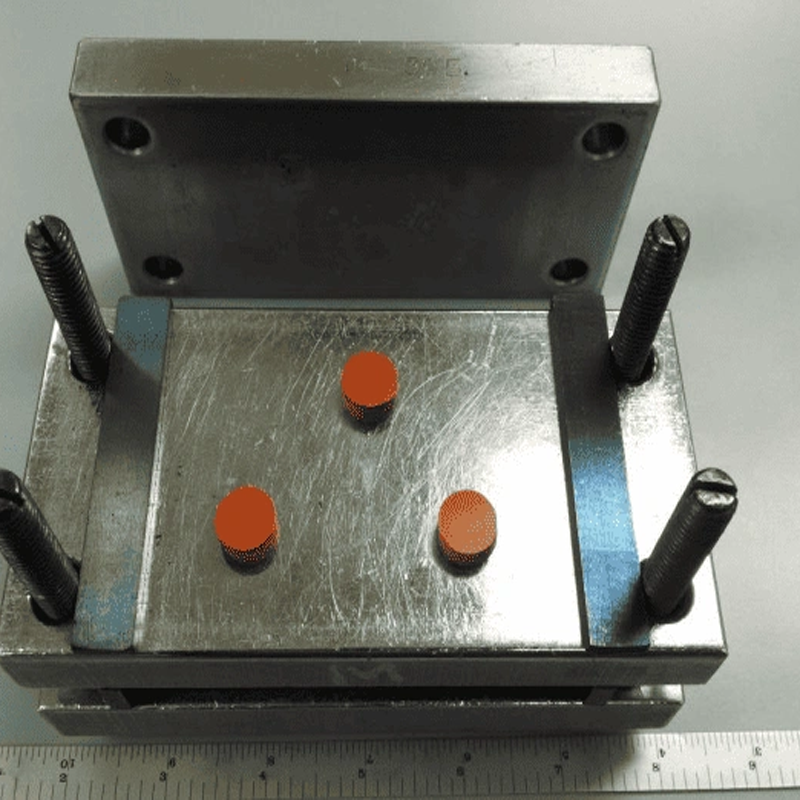
Why Is Compression Set Important?
Compression set plays a critical role in determining the durability and performance of rubber products. At Silfusion, we understand that a high-quality rubber component must maintain its original form under pressure to ensure reliable performance over its service life. Here are some key reasons why compression set is so important:
-
Sealing Integrity
For rubber products like O-rings and gaskets, maintaining a tight seal is essential to prevent leaks or contamination. A low compression set ensures that the rubber will spring back to its original shape after being compressed, maintaining an effective seal.
-
Durability and Safety
Rubber components used in applications such as automotive tires, industrial machinery, and medical devices are subjected to continuous pressure. A low compression set means that the rubber can recover effectively, ensuring long-term durability and safety. For example, tires with a low compression set will maintain their shape and grip over time, providing a smoother and safer ride.
-
Quality Control
Manufacturers perform compression set tests to ensure that the rubber materials they use meet the required performance standards. At Silfusion, we ensure that the rubber we provide undergoes rigorous testing to guarantee that it meets customer specifications for durability, elasticity, and long-term performance.
-
Cost Savings
Rubber components with a low compression set tend to have a longer lifespan, reducing the need for frequent replacements or repairs. This translates into cost savings for businesses, especially in industries that rely heavily on rubber products, such as automotive, aerospace, and manufacturing.
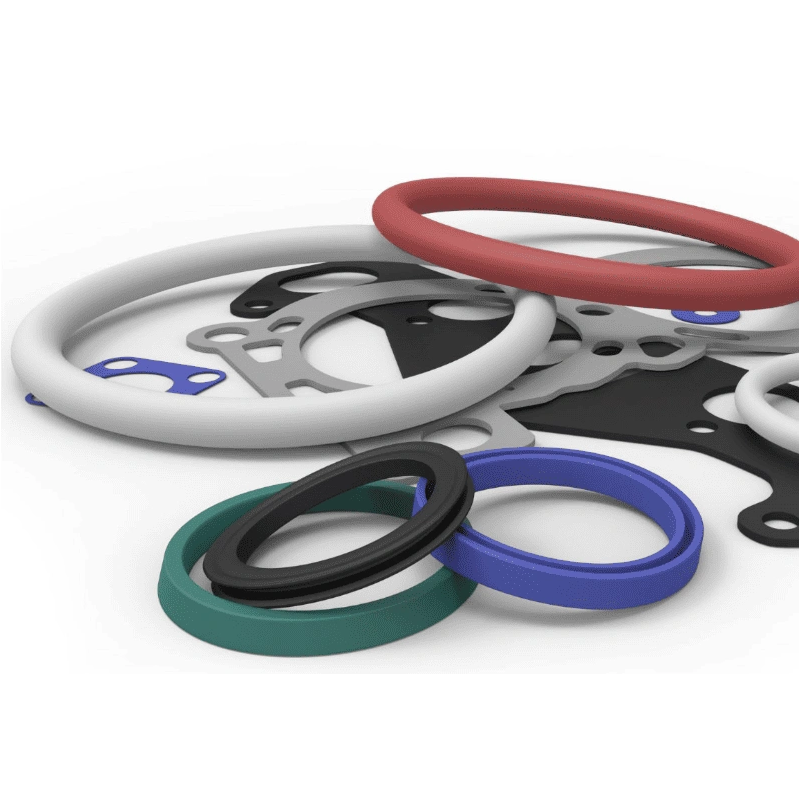
Factors Affecting Compression Set
Several factors influence the compression set of rubber materials, including:
-
Rubber Type
The chemical composition of rubber varies across different types, affecting their compression set values. Natural rubber, for example, has different recovery characteristics compared to synthetic rubbers like neoprene or nitrile.
-
Temperature
Rubber is more susceptible to permanent deformation at elevated temperatures. High temperatures can lead to an increased compression set, which is why rubber components used in high-temperature applications must be carefully selected and tested.
-
Compression Time
The longer the rubber is subjected to compression, the higher the likelihood of permanent deformation. Extended compression times can exacerbate the compression set, leading to reduced material recovery.
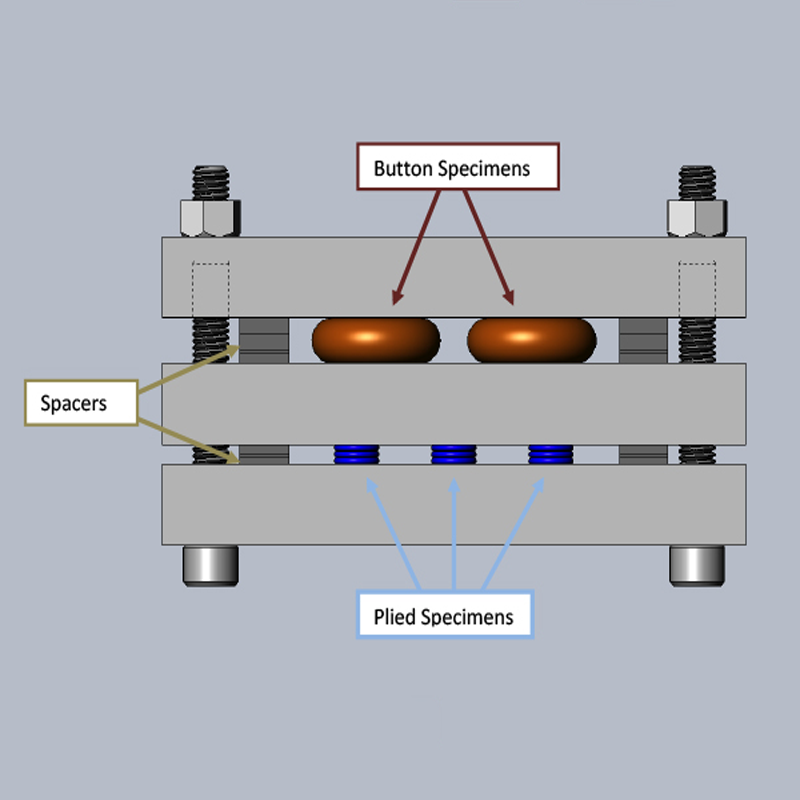
-
Compression Pressure
Higher pressures applied to the rubber during testing can result in greater deformation, contributing to a higher compression set value.
-
Ageing
Over time, rubber can undergo changes due to exposure to environmental factors such as sunlight, oxygen, and chemicals. This aging process can lead to an increased compression set as the material becomes more brittle.
-
Fillers and Additives
The presence of fillers and additives can alter the compression set of rubber products. Depending on their type and concentration, these substances can either enhance or reduce the material’s resilience to deformation.
-
Curing Process
Proper curing of rubber is essential for achieving optimal performance. If the rubber is not cured correctly, it may have a higher compression set due to insufficient crosslinking, which can impact the rubber’s elasticity.
-
Design and Geometry
The design and geometry of rubber components also affect how well they respond to compression. Complex geometries may experience higher compression set values due to uneven stress distribution during compression.
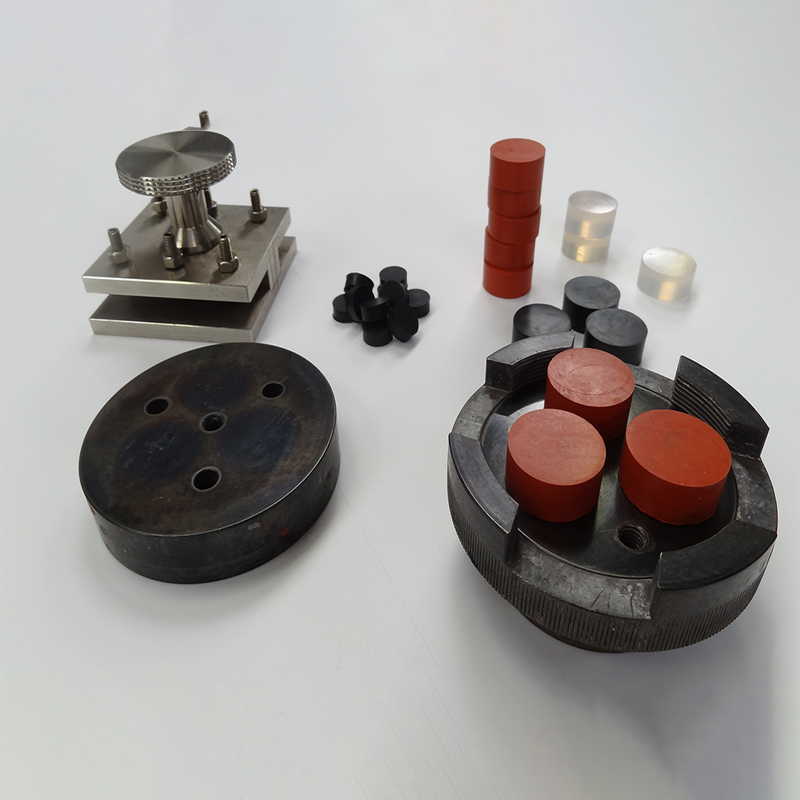
Common Misconceptions About Compression Set
There are several misconceptions about compression set that can lead to incorrect material selections. Let’s address a few of them:
- Misconception: A Higher Compression Set Indicates Better Formability
In reality, a higher compression set means that the material has a higher tendency to remain deformed after compression. While the material may be more formable initially, it will not bounce back to its original shape as effectively, which is undesirable for most applications that require long-term performance.
- Misconception: Rubber Is More Elastic Than Steel
While rubber is highly flexible, it is not necessarily more elastic than steel. Elasticity refers to the ability of a material to return to its original shape after deformation. Steel, in many cases, exhibits better elasticity compared to rubber.
- Misconception: Compression Set Failures Are Always Due to Material Issues
Many factors contribute to compression set failures, including excessive compression, improper installation, or poor system design. It’s not always the material at fault, but a combination of variables that must be taken into account when selecting and using rubber products.
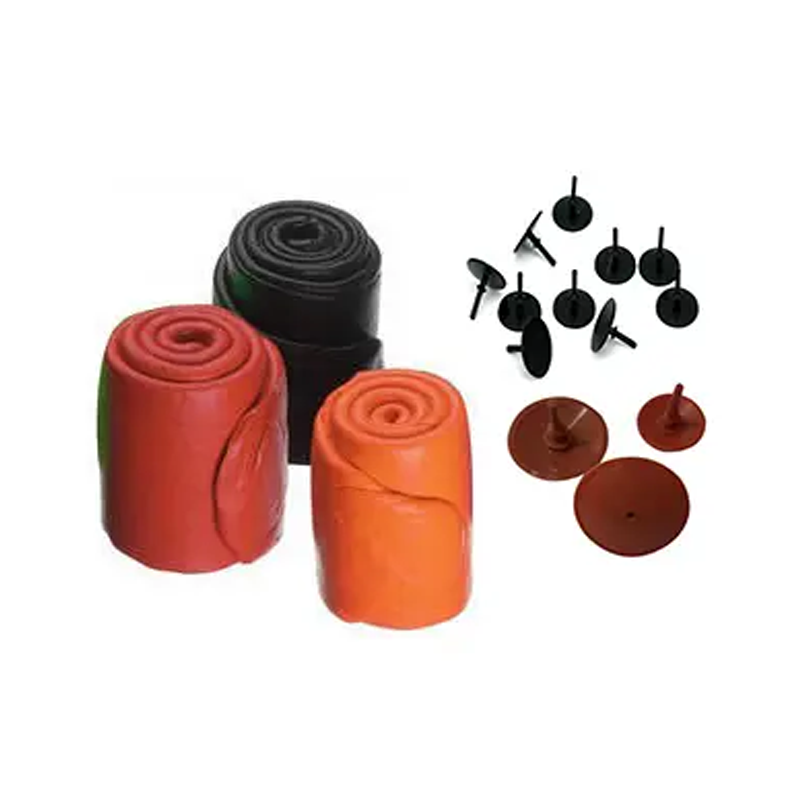
Conclusion
Now that you have a deeper understanding of compression set in rubber products, it’s clear that this property plays a vital role in ensuring the long-term performance and reliability of rubber materials. At Silfusion, we emphasize the importance of selecting rubber materials with low compression set values to ensure that your products maintain their shape, function effectively, and stand the test of time.
When choosing rubber for your specific needs, remember that a low compression set is key to ensuring durability, safety, and cost-effectiveness. By understanding the factors that influence compression set and debunking common misconceptions, you can make more informed decisions for your applications.
![]()
If you have any questions or need assistance selecting the right rubber materials for your project, feel free to reach out to us at Silfusion. Our team of experts is here to guide you through the process and ensure that your rubber products meet the highest standards of performance. Stay resilient with Silfusion!

